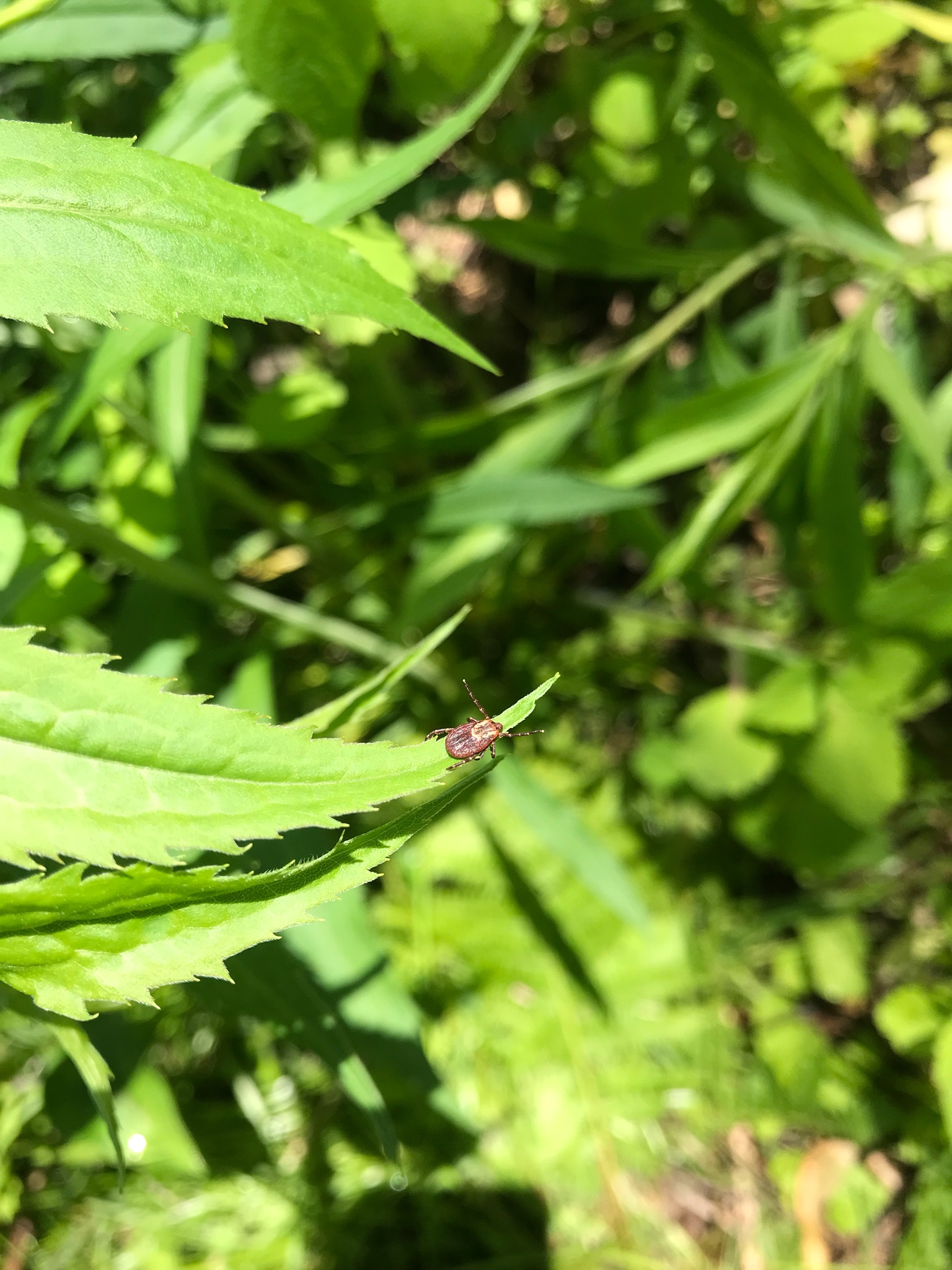Rocky Mountain spotted fever (RMSF) is a disease caused by an infection of the bacterium Rickettsia ricketsii. Exposure occurs when a person or animal is bitten primarily by an American dog tick (Rhipicephalus sanguineus), or a Rocky Mountain wood tick (Dermacentor andersoni) that is infected with Rickettsia ricketsii. Roughly 2-14 days after infection, the first symptoms will appear. These symptoms include a high fever and headache, followed by a distinctive rash in most cases. The rash that initially appears a few days after a fever begins will appear as small pink spots on the limbs, which will later spread to the body core. As the infection progresses, red or purple spots will develop all over the body.
Other symptoms of Rocky Mountain spotted fever can vary from person to person but may include nausea, muscle or abdominal pain, lack of appetite, vomiting, and conjunctivitis (pink eye). Since early symptoms are not specific to one disease, visiting a doctor multiple times may be needed. Even in previously healthy individuals Rocky Mountain spotted fever can cause serious disease or fatality, and prompt treatment from a physician is required. It is possible for severe infections that develop, even when treated properly, can result in long-term neurological problems or bleeding disorders.
Diagnosis:
A physician will most likley diagnose a sick patient based on the symptoms shown and their medical history. A laboratory test will later confirm the diagnosis.
Treatment for a diagnosed patient with RMSF will most likely be prescribed the antibiotic doxycycline for 7-14 days, during which most infections are cleared. It is important to visit a doctor when symptoms are first seen because the disease can be fatal within the first 8 days of symptoms shown.
Rocky Mountain spotted fever can be prevented by avoiding areas with tall grass and forests. Tick bites can also be prevented by using pesticides and tick collars for dogs. It is possible to contract RMSF year round, but the highest risk of transmission occurs during the late spring and early summer months, typically June and July.
Info. from: http://www.cdc.gov/rmsf/index.html


